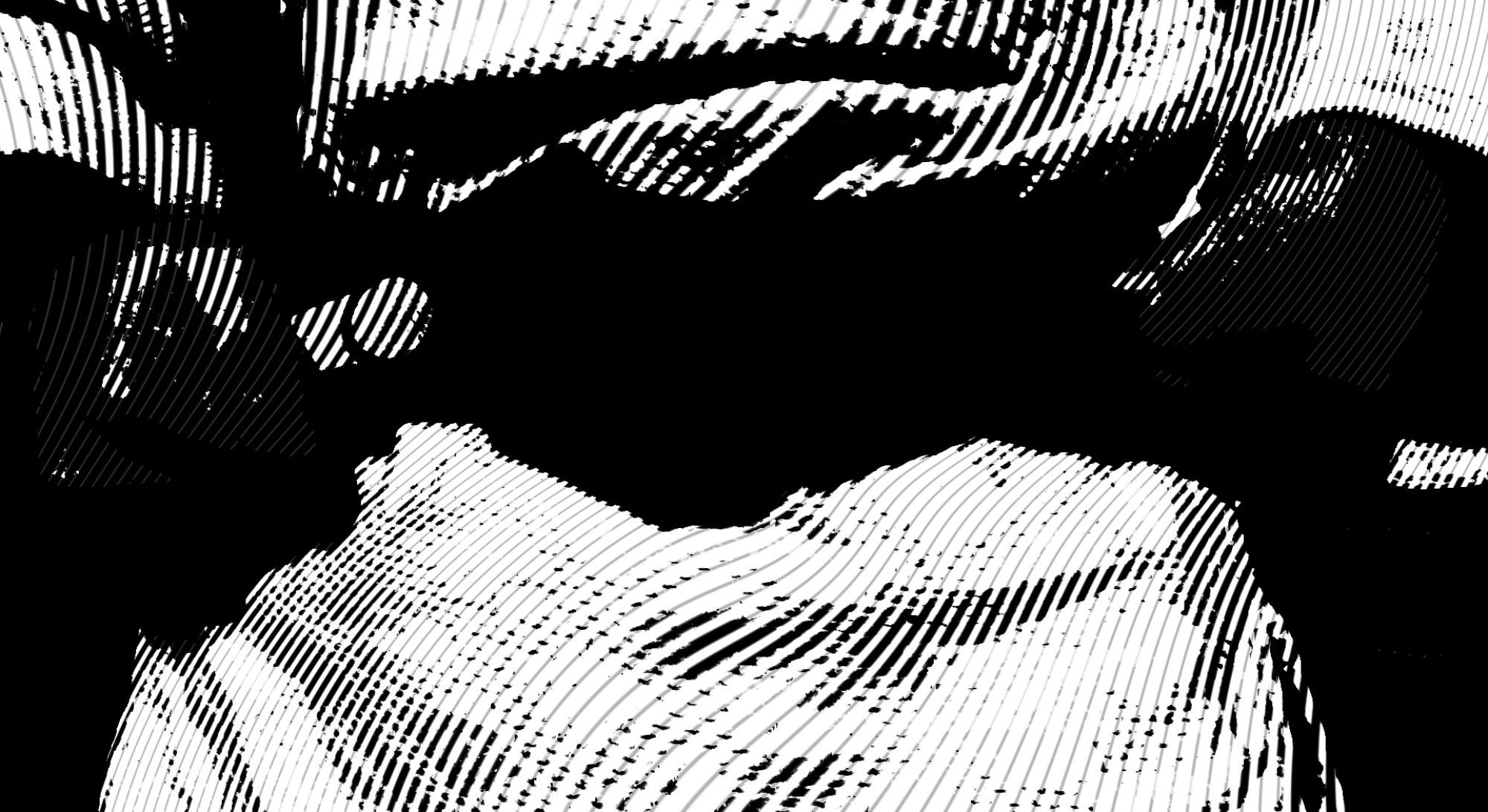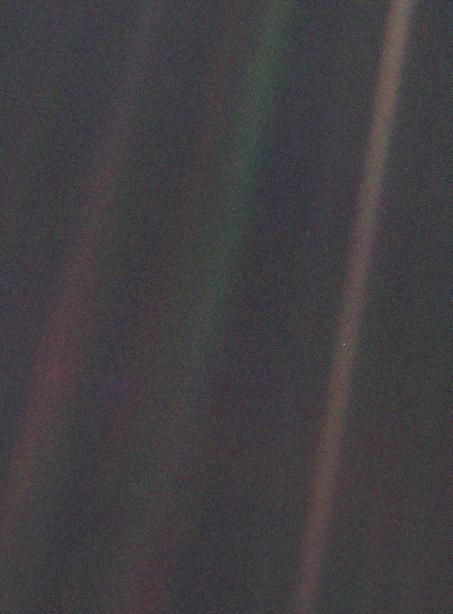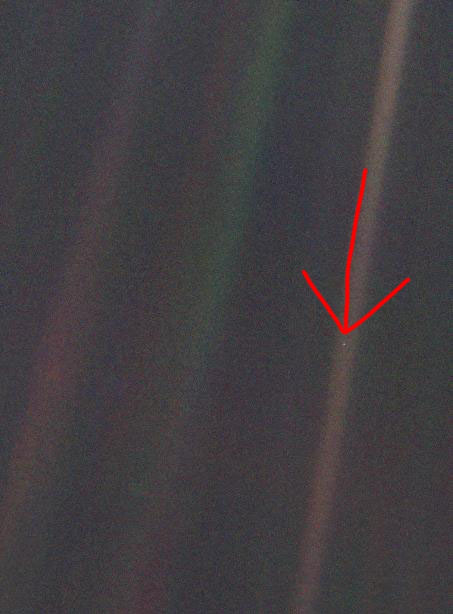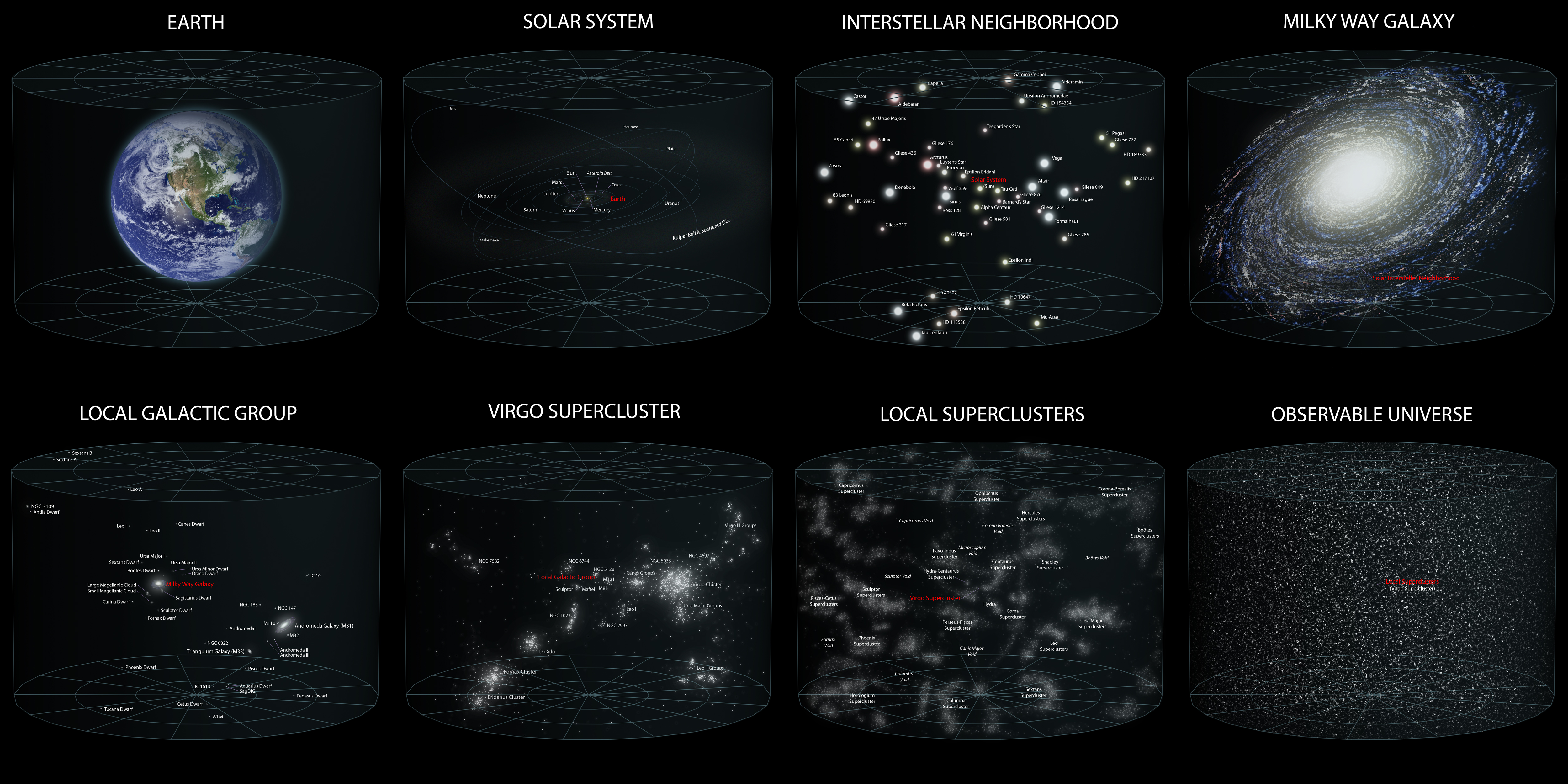In Australia we have one of the most highly concentrated media ownerships of the world! Don’t just believe me have a look at this visual display of the 10 people who own the major media companies within Australia:
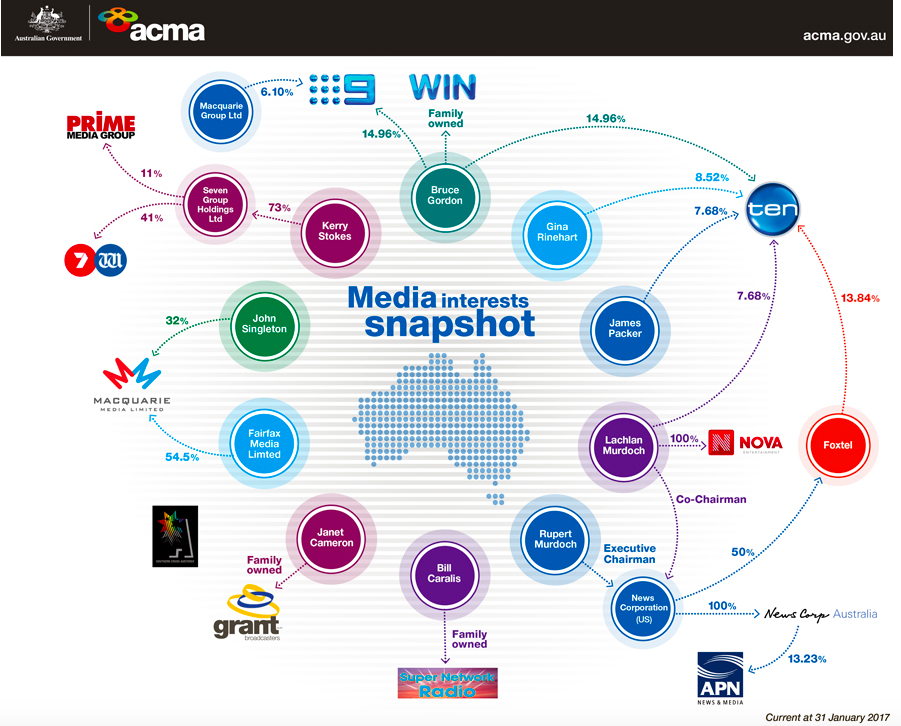
That’s interesting, but what affect do these people really have?
Lets start with the most notorious and well known example in this circle, Rupert Murdoch. Most people recognise him as the owner of the British paper ‘News of the world’ and the phone hacking scandal that was involved with that. But what most people don’t realise he controls 70% of Australia’s newspaper reading (in a percentage of total readership) shown here. This combined with his sons presence in most of the remaining newspapers along the east coast, shown here.
This means that the Murdoch father and son effectively own the opinions of the newspapers along the east cost. This endeavour is obviously not based on monetary gains for at least Rupert Murdoch as he loses upwards of $20million on his newspapers in Australia yearly (discussed here). This clearly shows us that he owns and continues to operate these newspapers to have an influence and help steer Australia’s political conversations. He is even on record saying that his favourite part of his business empire is “trying to influence people” (here).
So what does this actually mean for you ? And How is this relevant in the age of the internet?
Clearly These people all have opinions and those opinions carry weight in the way their news organisations present current events.
For me I especially as someone who lives on the east coast in the Illawarra where all reputable newspapers are owned by the Murdoch’s. I need to be aware of the bias towards the right wing/conservative perspective the news papers will take. But clearly it hasn’t affect to much the voting habits of Wollongong as both state and federal election results lean heavily towards the left (the labour party)
In a more general sense we need to all be aware of who owns the media that we consume and what political or other biases may be presented by it. I would highly recommend everyone take a look at who owns the media they consume and if they think they cross reference with multiple different sources whether they are actually controlled by different people or not.
Especially in the wake of phone hacking scandals and many occurrences of ‘fake news’ which i discuss here, I think main stream media is not completely trustworthy and should be cross examined with 3rd party or news outlets of the opposite bias to find the reality of a situation.
